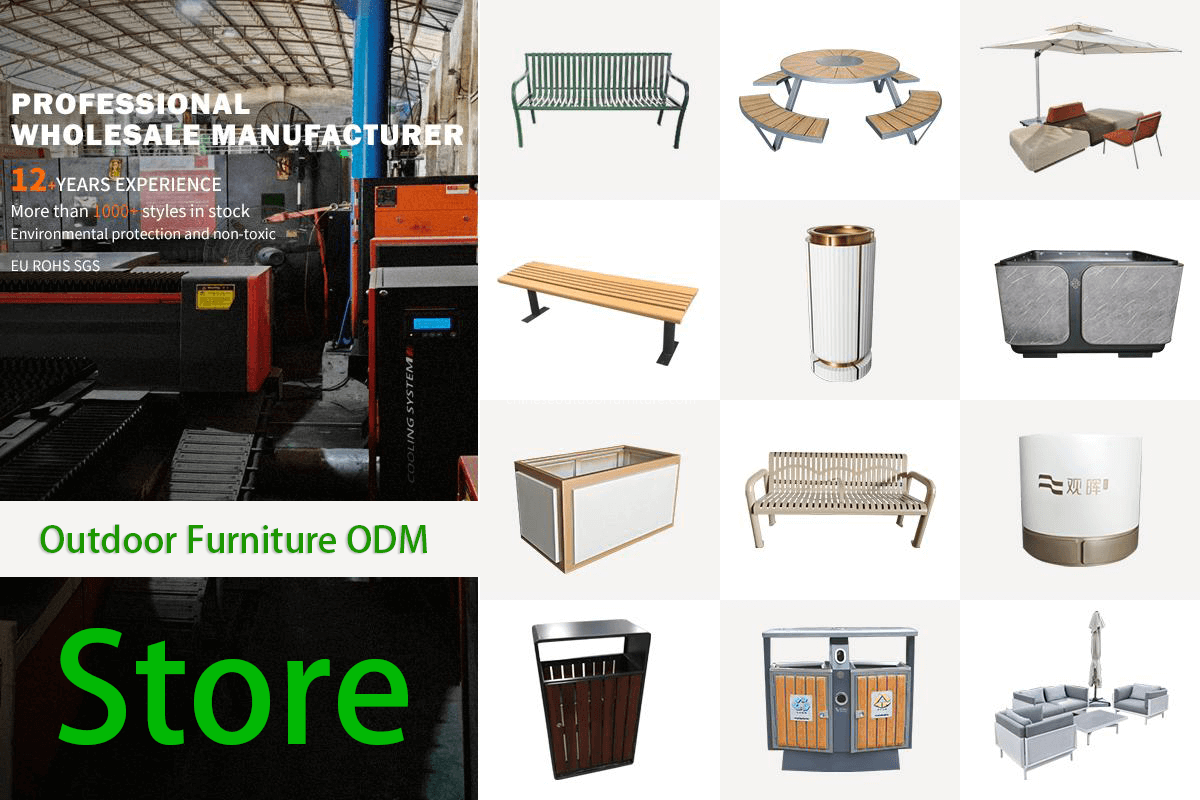How does cast iron’s carbon content affect its workability for detailed nature motifs?
Cast iron’s workability for detailed nature motifs is heavily influenced by its carbon content. Higher carbon levels (typically 2-4%) increase hardness and brittleness, making intricate carving or shaping more challenging. However, this also enhances castability, allowing molten iron to fill fine mold details—ideal for replicating delicate leaves, vines, or floral patterns. Lower carbon variants (closer to steel) offer better machinability for post-casting refinement but may lack the fluidity for ultra-fine casting. For blacksmiths, medium-carbon cast iron strikes a balance: durable enough for outdoor sculptures yet malleable when heated for texturing bark or petals. The key lies in selecting the right alloy and techniques—sand casting for high-carbon’s detail retention or forge-working low-carbon blends for hand-tooled realism.

